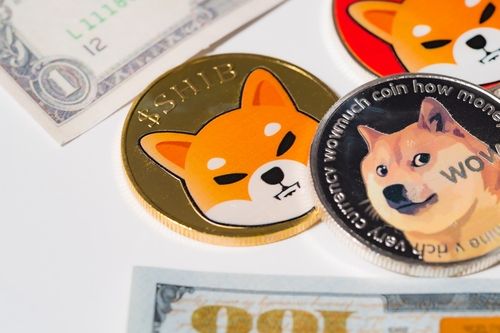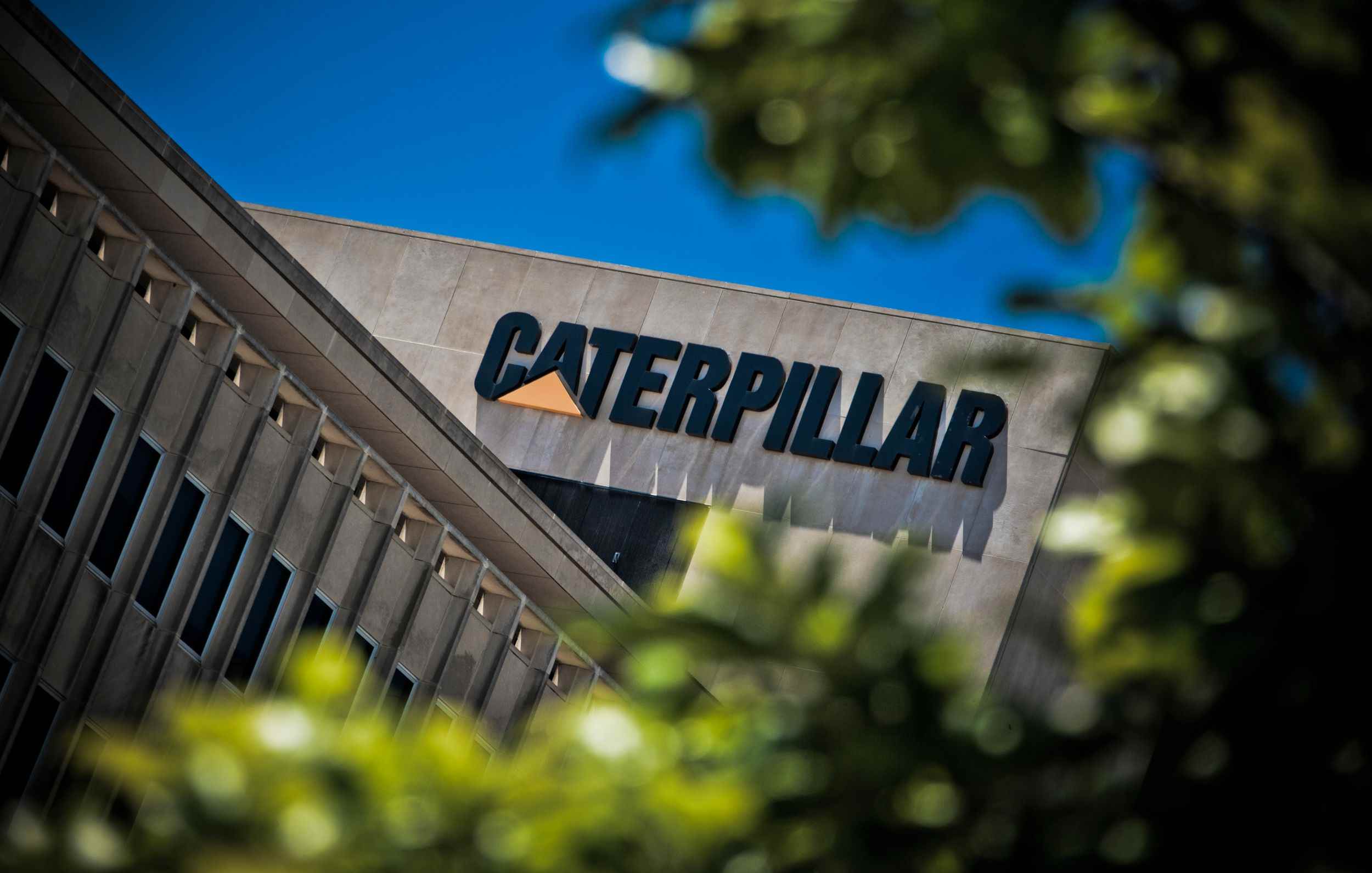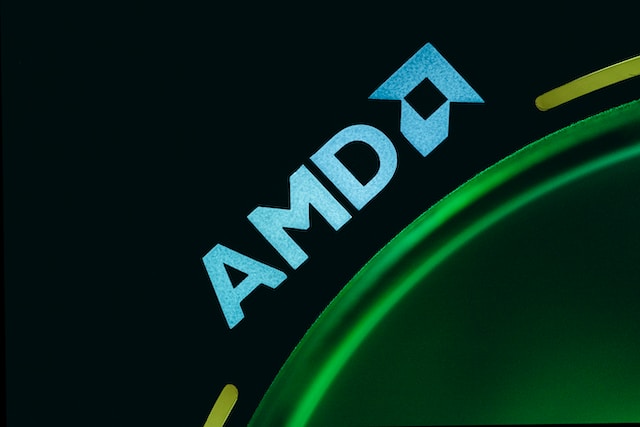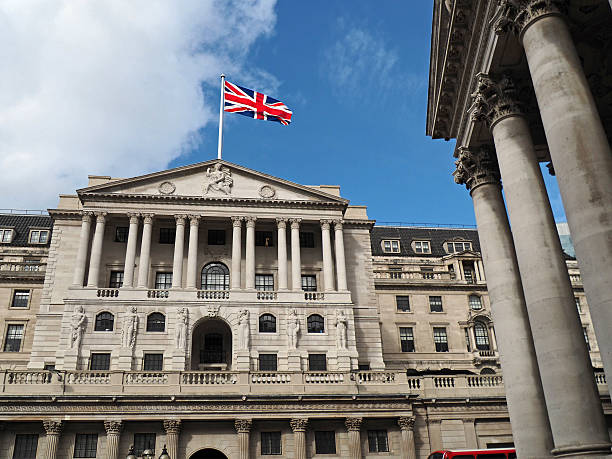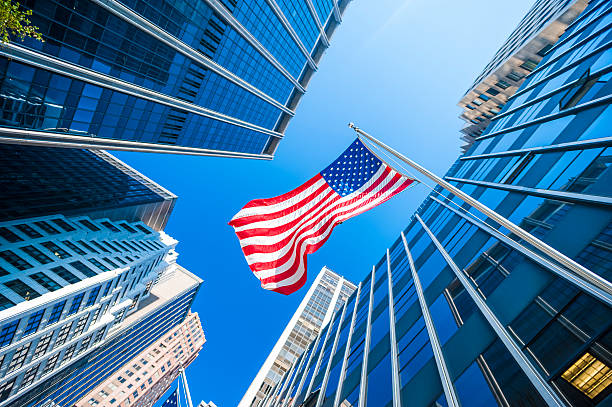TIMELINE-How India-US trade talks unravelled

By Manoj Kumar
NEW DELHI, Aug 6 (Reuters) - U.S. President Donald Trump last Wednesday announced 25% tariffs on Indian imports from August 7 and threatened more penalties over New Delhi's purchases of Russian oil.
Below is a timeline of how India, once seen as the frontrunner for a U.S. deal, ended up facing steep tariffs after Trump escalated tensions, and called it a "dead economy."
February
Modi visits Washington
* Indian Prime Minister Narendra agrees to work toward a limited trade deal by fall 2025 with the United States and expand the bilateral trade deal to $500 billion by 2030. He also pledged to boost energy purchases from the U.S.
March
Bilateral talks gain momentum
Trade Minister Piyush Goyal visits Washington; meets Commerce Secretary Howard Lutnick and U.S. Trade Representative Jamisen Greer. Later in March, U.S. officials visit Delhi for talks.
India says negotiations are progressing well.
USTR annual report flags India's high tariffs, non-tariff barriers, data laws, and patent issues.
April
Breakthrough signs emerge
During Vice President J.D. Vance’s visit, both sides finalise the terms of reference for bilateral talks.
Indian officials say a deal could be signed before the July 9 deadline.
May
Further rounds of talks
Goyal travels to Washington with lead negotiator Rajesh Agrawal for trade talks. India expects a favourable outcome is near.
June
Mixed signals
* U.S. Commerce Secretary Howard Lutnick on June 3 says the U.S. and India are making progress and a deal could be finalised soon.
* Trump says a "big" trade deal with India is coming soon.
Indian officials tell Reuters that trade talks have hit a roadblock over disagreements on import duties largely over farm goods, dashing hopes of a deal ahead of July 9.
At a rally in the eastern Indian state of Odisha on June 20, Modi says he declined Trump's invitation to Washington.
JULY
Hardening of stance
Delegation returns to New Delhi without a breakthrough.
Trade Minister Piyush Goyal says on July 4 that India will not do trade deals to meet deadlines and national interest will be "supreme."
Indian trade delegation travels to Washington again in mid-July for the fifth round of talks, aiming to break the deadlock.
Modi responds in Parliament about ceasefire with Pakistan: "No world leader asked us to stop the operation."
No high-level outreach from Indian leadership.
On July 31, Trump imposes 25% tariffs on Indian imports, warns of further penalties for countries buying Russian oil.
